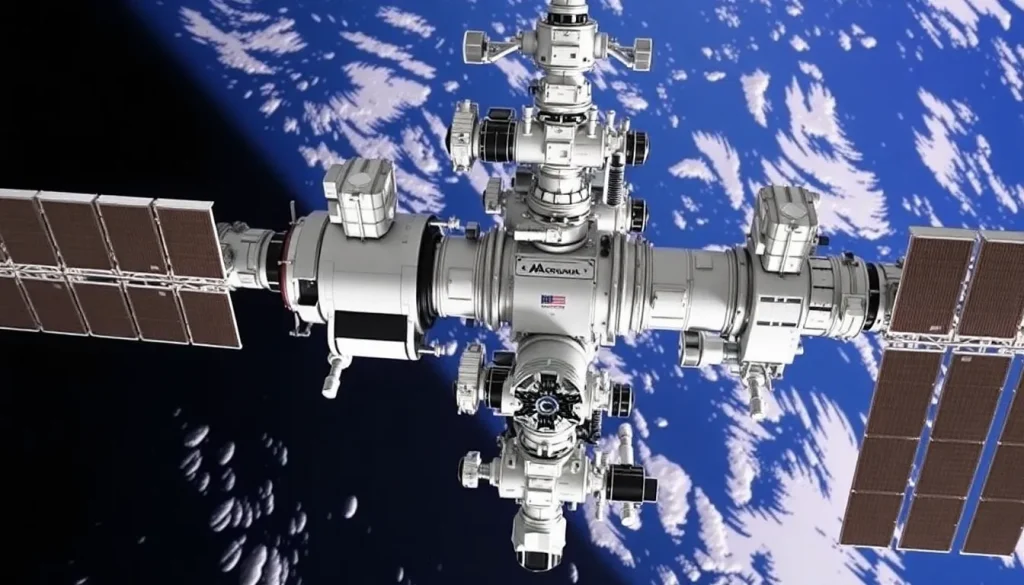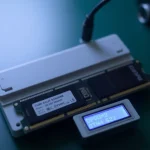Northrop Grumman resupplies ISS after fixing software issue

In a remarkable display of ingenuity and technological prowess, Northrop Grumman has successfully completed a resupply mission to the International Space Station (ISS). Despite encountering an unexpected software glitch that initially posed a significant threat to the mission's timeline, engineers and mission control personnel overcame the challenge, ensuring that vital supplies reached the orbiting laboratory.
Understanding the Software Glitch
On Wednesday, NASA disclosed that a software issue had the potential to derail the spacecraft's scheduled rendezvous with the ISS. This glitch resulted in the premature shutdown of the spacecraft's engine, a situation that could have led to a severe delay in the delivery of essential supplies.
Engineers quickly assessed the situation and discovered that the engine's performance was normal; the shutdown had been triggered by a safety protocol embedded in the onboard software. This protective measure was designed to prevent any potential issues, reflecting the robust engineering that prioritizes safety in space missions.
After making necessary adjustments to the software parameters, the Cygnus spacecraft was able to autonomously navigate to within 30 feet of the ISS. This proximity enabled astronaut Mark Vande Hei to utilize the robotic arm on the space station to successfully grapple the cargo vehicle for docking.
This level of precision in navigation is critical for future missions as it allows for safe and effective resupply operations, ensuring that astronauts aboard the ISS receive timely support. The ability to adapt quickly in response to challenges demonstrates the resilience of the mission teams and the advanced technology at their disposal.
Innovations with the Cygnus XL Spacecraft
This mission marked the inaugural flight of Northrop Grumman's upgraded Cygnus XL spacecraft. Notably, the new cargo module is 5.2 feet (1.6 meters) longer than its predecessor, significantly increasing its capacity to transport essential supplies. This upgrade translates to a 33 percent increase in cargo capacity, allowing for more comprehensive resupply missions.
- Increased Capacity: The Cygnus XL can carry 10,827 pounds (4,911 kilograms) of cargo.
- Expanded Module: The new design accommodates more supplies for the ISS crew.
- Versatile Supply Load: Cargo includes food, oxygen, nitrogen, and critical spare parts.
Cargo Details and Importance
The supplies delivered by the Cygnus spacecraft are vital for the ongoing operations aboard the ISS. Among the cargo are:
- Food: Essential sustenance for astronauts, ensuring their health and energy levels.
- Oxygen and Nitrogen: Gases necessary for maintaining a livable atmosphere within the station.
- Spare Parts: Components for the station's urine processor, which is crucial for recycling waste into drinking water.
- Navigation Aids: A new navigation device will assist future cargo and crew ships in safely docking with the ISS.
Research and Development on Board
Additionally, the Cygnus spacecraft is carrying research hardware that will facilitate groundbreaking experiments in microgravity. Two notable studies include:
- Semiconductor Crystals: Investigating the production of semiconductor crystals in a microgravity environment, which can lead to advanced technologies on Earth.
- Cryogenic Propellants: Demonstrating new methods to maintain cryogenic propellants under optimal conditions during prolonged space missions.
These experiments have the potential to yield significant advancements in both space exploration and terrestrial applications, showcasing the dual benefit of ISS research.
The Future of Resupply Missions
As space exploration continues to evolve, the success of this mission sets a new standard for future resupply operations. The improvements in spacecraft design, combined with the ability to troubleshoot and adapt to unexpected challenges, are critical for maintaining a continuous human presence in space.
Moreover, the ongoing partnership between NASA and Northrop Grumman underscores the importance of collaboration in achieving complex space objectives. This relationship not only facilitates the delivery of supplies but also fosters innovation in aerospace technology.
For those interested in the technical details of this mission, a comprehensive overview is available through various NASA resources. Additionally, you can explore more about the challenges faced by Northrop Grumman’s spacecraft in this informative video:
Conclusion
The successful resupply mission of the ISS by Northrop Grumman not only highlights the technological advancements in spacecraft design but also emphasizes the importance of adaptability in space missions. With ongoing research and enhanced capabilities, the future of human space exploration looks promising.




Leave a Reply